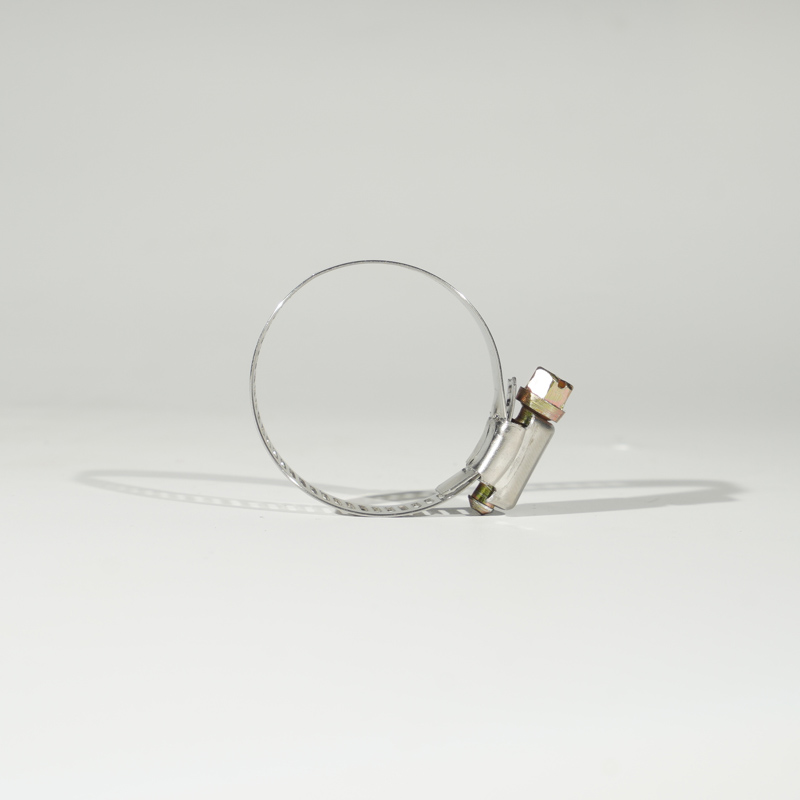- Phone:+86-17331948172 +86-0319-8862898
- E-mail: inquiry@puxingclamp.com
Nov . 30, 2024 03:16 Back to list
China 8 Inch Hose Clamp for Secure and Reliable Piping Solutions
Understanding the 8-Inch Hose Clamp A Vital Tool in Various Industries
In the realm of mechanical engineering, plumbing, automotive maintenance, and many other fields, hose clamps play a crucial role in ensuring the safe and effective functioning of systems that rely on pipes and hoses. One common type is the 8-inch hose clamp, which, despite its straightforward design, serves various essential functions across multiple industries.
What is an 8-Inch Hose Clamp?
An 8-inch hose clamp is a device used to secure a hose onto a fitting, ensuring that the connection remains tight and leak-free. The clamp consists of a metal band and a tightening mechanism, typically a screw or a rubber seal that allows for precise adjustments. Constructed from durable materials such as stainless steel or zinc-coated metal, these clamps are built to withstand various environmental conditions, including humidity, temperature fluctuations, and exposure to chemicals.
Applications of 8-Inch Hose Clamps
The versatility of 8-inch hose clamps lends them to a multitude of applications
1. Automotive Industry In vehicles, hose clamps secure rubber and silicone hoses that deliver vital fluids such as coolant, oil, and fuel. Any failure in these connections can lead to leaks or system malfunctions, so using high-quality clamps is critical for vehicular integrity.
2. Plumbing Systems In residential and commercial plumbing, 8-inch hose clamps are commonly used to connect pipes and hoses. They help maintain reliable fittings for water supply lines, waste systems, and irrigation setups, preventing leaks that could lead to costly repairs and water damage.
3. Industrial Applications Factories and manufacturing plants often rely on hose clamps to secure pneumatic and hydraulic hoses, which are crucial for machinery operations. An effective clamp ensures that hoses can function under pressure without risk of disconnection.
china 8 inch hose clamp

4. Marine Use In the marine industry, where equipment operates in harsh environments, 8-inch hose clamps are essential for securing hoses to pumps and engines. Their corrosion-resistant properties allow them to endure the effects of saltwater exposure.
5. Agricultural Systems In agriculture, they are employed to connect various components of irrigation systems and fuel lines for farming equipment, ensuring a consistent and leak-free supply of resources.
Choosing the Right 8-Inch Hose Clamp
Selecting the right hose clamp is a crucial task that can ensure the efficient operation of systems. When choosing an 8-inch hose clamp, consider the following factors
- Material Depending on the environment, you may need clamps made from stainless steel for corrosion resistance or specialized coatings for added durability. - Tightening Mechanism While screw-type clamps are the most common, there are also worm gear and spring clamps. Choose one that fits the application and allows for easy adjustment. - Pressure Rating Ensure that the clamp can withstand the pressure of the fluids passing through the hose. Always check the specifications to match the clamp with appropriate hose types and pressure thresholds. - Hose Compatibility Some hoses may have different diameter requirements. Confirm that the clamp’s design is compatible with the intended hose size and type.
Installation and Maintenance
Proper installation of an 8-inch hose clamp is essential to its effectiveness. The clamp should be centered over the hose joint, and the tightening mechanism should be adjusted evenly to avoid any potential damage to the hose. Regular maintenance is also important; checking for signs of wear or corrosion can prevent unexpected failures.
Conclusion
The 8-inch hose clamp may seem like a simple mechanical device, but its importance in various industries cannot be overstated. From automotive applications to plumbing, industrial uses, and beyond, these clamps ensure that connections are secure and reliable. Understanding their function, material options, and proper installation techniques will enhance their effectiveness and contribute to the overall safety and efficiency of systems that rely on hoses. As industrial needs continue to evolve, so too will the designs and applications of hose clamps, particularly in providing innovative and reliable solutions.
-
Large Stainless Steel Adjustable American Type Hose Clamp - Hebei Pux Alloy Technology Co., Ltd
NewsAug.08,2025
-
Large Stainless Steel Adjustable American Type Hose Clamp - Hebei Pux Alloy Technology Co., Ltd.
NewsAug.08,2025
-
Large Adjustable Stainless Steel Hose Clamp - Hebei Pux Alloy
NewsAug.08,2025
-
Premium Stainless Steel Hose Clip | Secure & Rust-Proof Clamps
NewsAug.08,2025
-
Large Stainless Steel Adjustable American Type Hose Clamp - Hebei Pux Alloy Technology Co., Ltd.
NewsAug.07,2025
-
Large Stainless Steel Adjustable Hose Clamp-Hebei Pux Alloy Technology Co., Ltd|Corrosion Resistance,High Breaking Torque
NewsAug.07,2025




